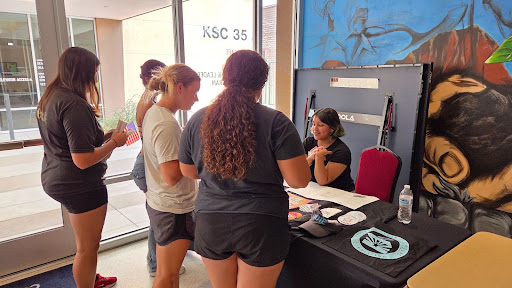For The Future Workforce
Technological advancement and the automation of the workforce will become two of the United States largest human issues in the next coming decades. The quality of economic prosperity for future Americans drastically depends on what initiatives are taken today to prepare for this shift.
My fears are perhaps described best by Israeli mathematician, Moshi Vardi, when he was quoted saying,
“The bottom line is that while automation is eliminating many jobs in the economy that were once done by people, there is no sign that the introduction of technologies in recent years is creating an equal number of well-paying jobs to compensate for those losses.”
New technologies are always introduced that outperform the old ways. In almost a natural rhythm, economies will grow, stagnate, and then develop new ways to stop this stagnation.
Where we struggle is in the pace of change. According to a report created by Forrester in 2018, over one billion jobs worldwide, and nearly fourteen million jobs in the U.S., are at risk for being replaced by automated workers in the next decades.
These numbers shift when you talk to different experts. Some predictions are more reserved than others, some estimate even greater disasters, but it seems universally understood by those who work in the tech industry that times are changing faster than we can currently keep up.
The benefits of an automated worker over a human one are tempting to any business looking to cut costs. A robot doesn’t need to eat, it doesn’t need to take breaks and it works 24/7 without complaint. Unfortunately, in areas that do not require higher cognitive or emotional skills, robots simply outperform the modern employed individual.
I believe there is a simple solution to this problem, infrastructure investment. Imagine a sweeping reconstruction and investment period across the country. One that uses corporate and government funded training programs to transform existing blue collar workers from automating industries, like fossil fuels and shipping, and uses them to install, work with, and repair brand new infrastructure and renewable energy sources.
The potentiality of continued economic dominance on a world scale is only possible if America continues to exist on the forefront of these budding technologies. Global climate change and new difficulties in engineering structures, especially in coastal areas, provide the perfect opportunity to invest heavily in training large swaths of the labor force for new positions.
The American Council on Renewable Energies (ACORE) released a survey on June 19, 2018 that probed into the potential investment totals of leading financial institutions with regards to renewable energy. In that survey, they determined that nearly 2/3rd of the country’s leading financial intuitions felt comfortable investing 5% more than last year in renewable energy sources. Over half planned to invest more than 10%. Not one said they were lowering their investment.
This proves that big business is confident in the potential growth and profit of a new energy sector. If that momentum and investment could be used on an already existing labor force, then real systemic economic growth could be created, devastating job loss could be avoided, and the continued prosperity of the American people could be more reasonably counted on.
I firmly believe that most human issues are solved with economic prosperity, and If our government continues to put forth lackluster initiative when that prosperity is threatened, I fear an already weakened middle class America may yield to more than just modern day constraints. If our government cannot prepare today for the future of labor tomorrow, a new era of hardship for the unskilled American worker will be the defining story of our time. The backbone of America will disappear, and there won’t be anything but a shell of a labor force of tomorrow.









